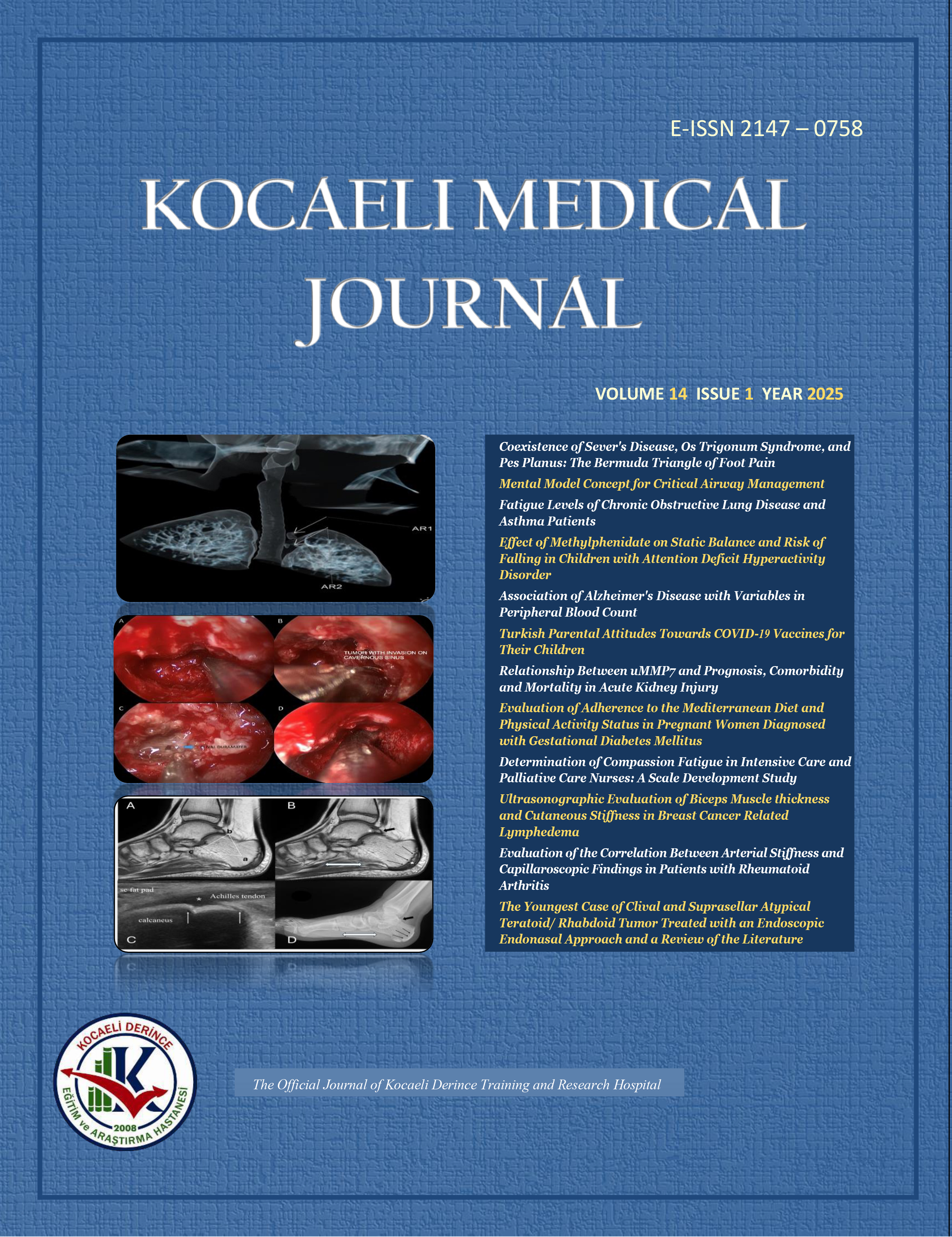
A Comparison of the Information Provided by Paraffin, Epon Semi-Thin and Thin Sections on the Examination of Prepubertal Rat Testicular Tissue
Gülnaz Kervancıoğlu1, Elif Kervancıoğlu Demirci21Department Of Histology And Embriology, Istanbul Aydin University Faculty of Medicine, Istanbul, Turkey2Department Of Histology And Embriology, Istanbul University, Istanbul Faculty of Medicine, Istanbul, Turkey
The aim of this study is to examine how light microscopic examinations can be made better visible in the use of prepubertal testicular tissue in fertility restoration by adding our own experiences.
Researches go on testicular tissues to ensure that boys who will receive cancer treatment continue to have their own generations in the future. Prepubertal testicular tissues are frozen and stored for later use. In vitro studies continue for the use of these tissues. Therefore, further researches necessitate for the effective determination of prepubertal testicular tissue elements.
Prepubertal testis tissue contains Sertoli cells and few gonocytes / spermatogoniums in seminiferous tubules, myoid and leydig cells in the interstitial area. Prepubertal testes, there arent germinal serial cells other than stem cells as in adults. The areas where the cells are located different from the adult testicular tissue. Sertoli cells are dispersed. Tight junction complexes and blood-testis barrier have not yet formed.
Gonocytes arent yet settled in the basement membrane or just migrating towards the base. Especially, it can be difficult to distinguish between Sertoli cells and gonocytes / spermatogoniums by light microscopy examinations. In order to evaluate the results of the applications, it is necessary to prepare the recognizable preparations of these tissues under the light microscope.
Paraffin sections prepared are insufficient in examining and distinguishing especially intratubular cells.
Semi-thin sections from epon blocks are more appropriate than paraffin sections for these morphology definitions.
Electron microscopy can be performed in centers with electron microscope because tissue monitoring requires special application.
Prepubertal Sıçan Testis Dokusunun İncelenmesinde Parafin, Epon Yarı İnce ve İnce Kesitlerin Sağladığı Bilgilerin Karşılaştırılması
Gülnaz Kervancıoğlu1, Elif Kervancıoğlu Demirci21İstanbul Aydın Üniversitesi Tıp Fakültesi, Histoloji ve Embriyoloji Ana Bilim Dalı, İstanbul, Türkiye2İstanbul Üniversitesi, İstanbul Tıp Fakültesi, Histoloji ve Embriyoloji Ana Bilim Dalı, İstanbul, Türkiye
Prepubertal testis dokusunun fertilite restorasyon için kullanımında, ışık mikroskobik incelemelerinin nasıl daha iyi görünür hale getirilebileceğini kendi deneyimlerimizi de ekleyerek irdelemek istedik.
Kanser tedavisi görecek erkek çocukların ilerde kendi hücreleri ile nesillerinin devam etmesi için testis dokuları üzerinde araştırmalar sürdürülmektedir. Prepubertal testis dokuları dondurularak ileride kullanılmak üzere saklanmaktadır. Günümüzde yapılmakta olan in vitro çalışmalarla bu dokuların nasıl kullanılacağı belirlenmeye çalışılmaktadır. İlerleyen çalışmalar prepubertal testis doku elemanlarının etkin şekilde incelenmesini gerekli kılmaktadır.
Prepubertal testis dokusu, seminifer tubuluslarda, intratubuler Sertoli hücreleri, az sayıda gonositler/ spermatogonyal kök hücreler, interstisyel alanda ise miyoid hücreler ve leydig hücrelerini içermektedir. Bu testislerde, kök hücreler dışında erişkindeki gibi germinal seri hücreleri bulunmamaktadır. Ayrıca erişkin testis dokusuna göre hücrelerin bulunduğu alanlar da farklılıklar göstermektedir. Sertoli hücreleri dağınık yerleşimlidir. Sertoli hücreleri arasında sıkı bağlantı kompleksleri ve kan-testis bariyeri henüz oluşmamıştır. Gonositler henüz bazal membrana yerleşmemiş lümen bölgesinde ya da bazala doğru göç eder durumdadır. Özellikle Sertoli hücreleri ile gonositleri/spermatogonyumları ışık mikroskobi incelemeler ile birbirinden ayırt edebilmek zorluk göstermektedir. Yapılan uygulamaların sonuçlarını değerlendirmek için bu dokuların ışık mikroskobunda hücrelerin tanınabilir preparatlarının hazırlanması gereklidir.
Rutin doku takibiyle hazırlanan parafin kesitleri, özellikle intratubuler hücrelerin incelenmesi ve ayırt edilmesinde yetersiz kalmaktadır.
Prepubertal testis dokuları için epon bloklardan hazırlanan yarı ince kesitler, parafin kesitlere oranla intratubuler hücrelerin birbirinden ayırt edilmesinde ve morfolojilerinin belirlenmesinde daha uygun görülmektedir.
Elektron mikroskop doku takibi özel işlem gerektirmesi nedeniyle elektron mikroskobu bulunan merkezlerde uygulanabilmektedir.
Manuscript Language: Turkish












